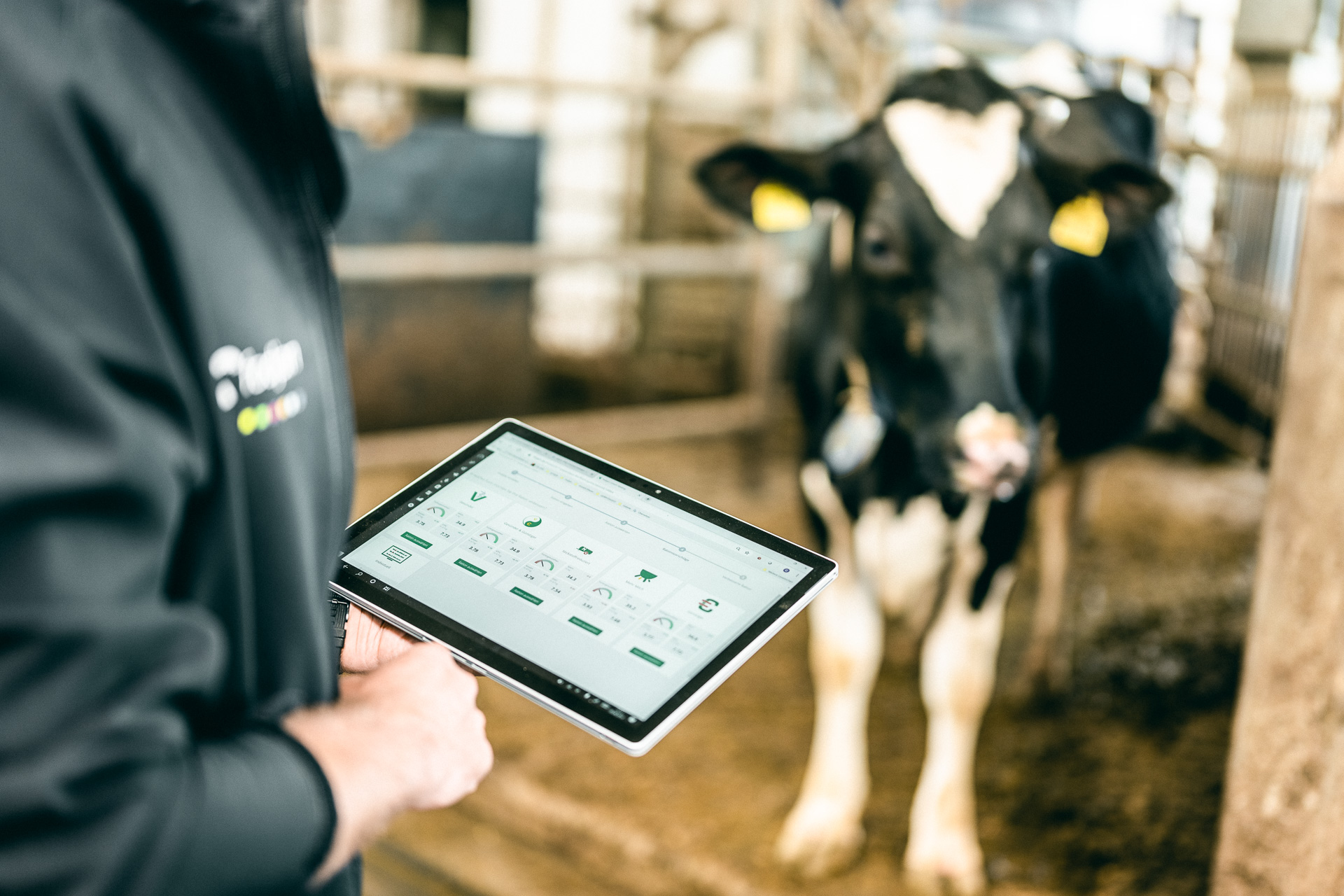Basic settings for ration optimisation
Required user rights – fodjan Pro: write rights, owner or admin | App: write rights or edit rations rights.
The algorithm can only work as accurately as you allow it to
In order for your ration suggestions to best suit your farm, the settings and data on your fodjan farm should be as up-to-date and accurate as possible. Of course, a programme can never reproduce reality 100%, but the closer we get together, the more suitable your ration suggestions will be. You can get an overview of the ration optimisation functions in fodjan here.
You can find out which settings you can check in fodjan to better adapt your ration suggestions to your farm in our checklist below.
Our recommendation: Take your time and do not tackle all the checks at once, but work through the recommendations step by step. And it’s worth it: most of the points are one-off adjustments that will remain in place for a long time. Once you have made the right adjustments, you will benefit in the long term.
Further tips for ration optimisation:
In addition to the ration optimisation functions of fodjan, you will also find many evaluations and key figures on your fodjan farm that support you in improving your feeding and achieving your goals.
For each ration these are, for example:
In addition, there is a complete evaluation area in fodjan with well-prepared graphics and tables on your farm. Find out more here.
See also
Page „Assistant“ in fodjan Pro
Read more >
Ration optimisation with fodjan – Overview
Read more >
Ration catalogue: Have alternative feeds suggested
Read more >
Ration catalogue: What to do if no ration suggestions are displayed?
Read more >
New calculation – ration catalogue in fodjan Pro
Read more >
Questions we couldn’t answer?
Simply keep searching here:
Contact us:
mail to : support@fodjan.de
or weekdays in in urgent emergencies:
+49 (0) 351 4188 6693
